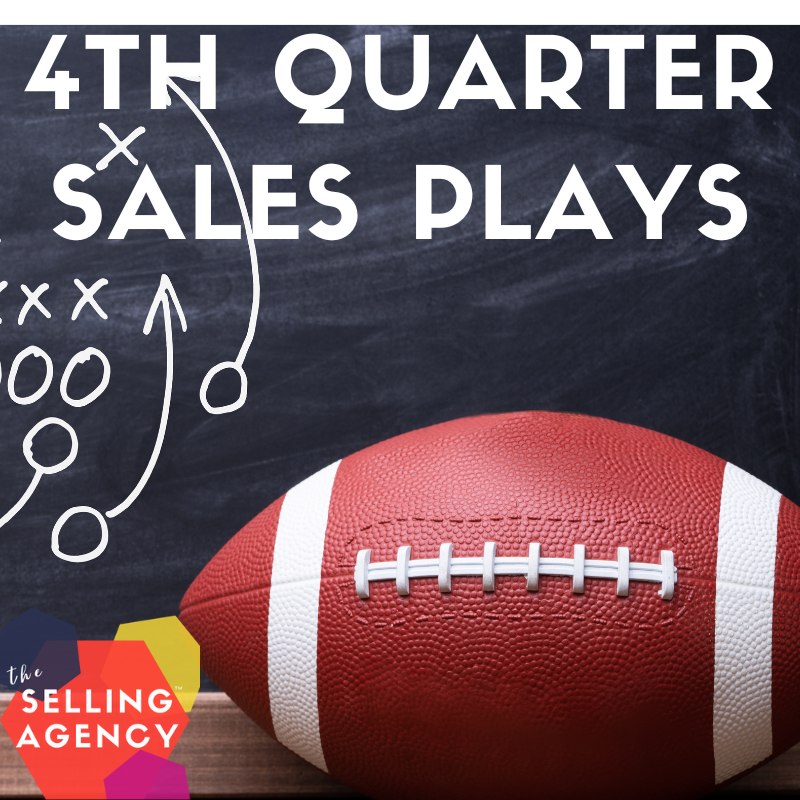You have a sales team or maybe you’ve been plugging away at your own sales efforts for a while now. How do you know how you’re doing? Other than hitting your sales goals . . . or not, how do you measure the health of your sales program?
Sales results are one indication of how you’re doing but if you’re only watching those metrics, you could be missing key indicators or symptoms that your revenue is slowing down or that your growth could improve.
Instead of making changes or pivoting only when you don’t get the results you want, the most successful sales programs are ones that are continuously evaluated, assessed, and improved.
Think of your sales program like a healthy person. You eat right, exercise, take vitamins, and go for regular checkups to prevent issues. You visit doctors, specialists when you see symptoms of potential issues. Staying healthy is a dose of preventative measures, listening to your body, and seeking expert advice.
In contrast, if you wait to see the doctor when you’re in a full-blown health crisis, your recovery could take twice as long, treating symptoms and root causes can be more complicated, and prolonged illness can do permanent damage.
Give your sales program a regular checkup so you can continue to produce HEALTHY results!
Evaluate Your Messages – Assess your communication – email, blog, social media, marketing, and sales content. Evaluate from your customers’ perspective. Are you using Context that speaks to your customers’ professional role? Do your messages reflect how you’re Relevant to your customers’ goals? Are your messages Effective in that they’re compelling responses? Take samples of emails, voicemails, and phone calls and objectively evaluate them to see if they’re connecting customers to your value and delivering insights to move relationships and decision-making forward.
Assess Your Activity – Look at the types of sales activities you’re spending the most time doing. Are you stuck working in one end of the pipeline? Are you cold calling with little results? Do you put off picking up the phone to set meetings? Have you found yourself sitting behind your computer more than half the day? Take a look at your customers – how do you reach them – where they are? We tend to fall into habits of least risk, least resistance. Does your activity reflect this or are you working through each stage of your pipeline to move opportunities forward?
Check Your Discipline – Juggling dozens of opportunities, clients, activities, and priorities takes a healthy balance and loads of discipline. Checking in here can help you reset your focus when you drift away from priorities. Look through your calendar to see if you’re keeping up with those intentions you set – the ones that you know will help you reach your goals. Limit distractions that pull you from executing core activities. Make them routine and pristine. Don’t let “busy” creep into the activities that increase revenue.
Review Competitive Intelligence – Review your competitors. Not just pricing, assess how your competitors communicate with their prospective customers, how they present their unique offers, and how they go-to-market or leverage sales teams. Can you easily see the differences between you? Who’s providing a cohesive and compelling experience in the early buying process? How does your process make your buyers feel? Match your buyers experience to the actions and insights you deliver throughout your sales process. Work to align your value with how your customers buy and what THEY value.
Dial Up Your Digital Strategy – Are your social media profiles fresh and relevant? Are you giving your future customers a preview of what it’s like to work with you? Are you sharing content that’s helpful at each stage of decision making? Are you engaging your audience in two-way dialogue and moving conversations offline? Digital tools are part of your Selling Mix. They’re not a silver bullet and you can’t hide behind email or social media. A smart digital strategy, however, compliments your phone and networking efforts. Change up, freshen up, or smarten up your digital strategy to improve your lead generation and engagement efforts.
Inventory Your Tools – Do you have the right tools to help effectively execute your strategy? Evaluate the tools you’re using and their costs. Are you wasting money on tools you’re not using? Are you maximizing all the features and functions available to you? Are there other tools worthy of investing in to accelerate revenue? It’s easy to go crazy with all the resources available now – especially when many tools integrate with each other and piggyback off your CRM or database. From my experience, most sellers are using only a fraction of the capacity available to them. “Over-tooled” sales teams can get bogged down in the shiny functionality of an app or software and lose focus on the core, foundational selling activities that bring success. Cut the fat and make sure any resource you add to your sales stack is fully vetted, fully understood, and fully used.
Track Your Revenue Growth – In addition to reviewing your sales goals, tracking revenue growth can give tremendous insights into where you need to make adjustments. Track growth segments – which products or customers are increasing spend? Segment which solutions take the longest vs shortest sales cycle – which have a better return on your time investment? Where is your greatest profit margin? Is there a producer that has consistently higher margins? When you deep dive into how your revenue is earned, you can make wiser decisions about how to spend your time selling, what you’re selling, and to which customer segment.
Don’t wait for the symptoms of an unhealthy sales program to get your attention. Like a nagging cough or chronic back pain, you might be living with aches and pains that you could avoid. Invest in regular check-ups for your sales efforts and you’ll take control of your results.
Until next time, stop hoping, start SELLING!
-sks










